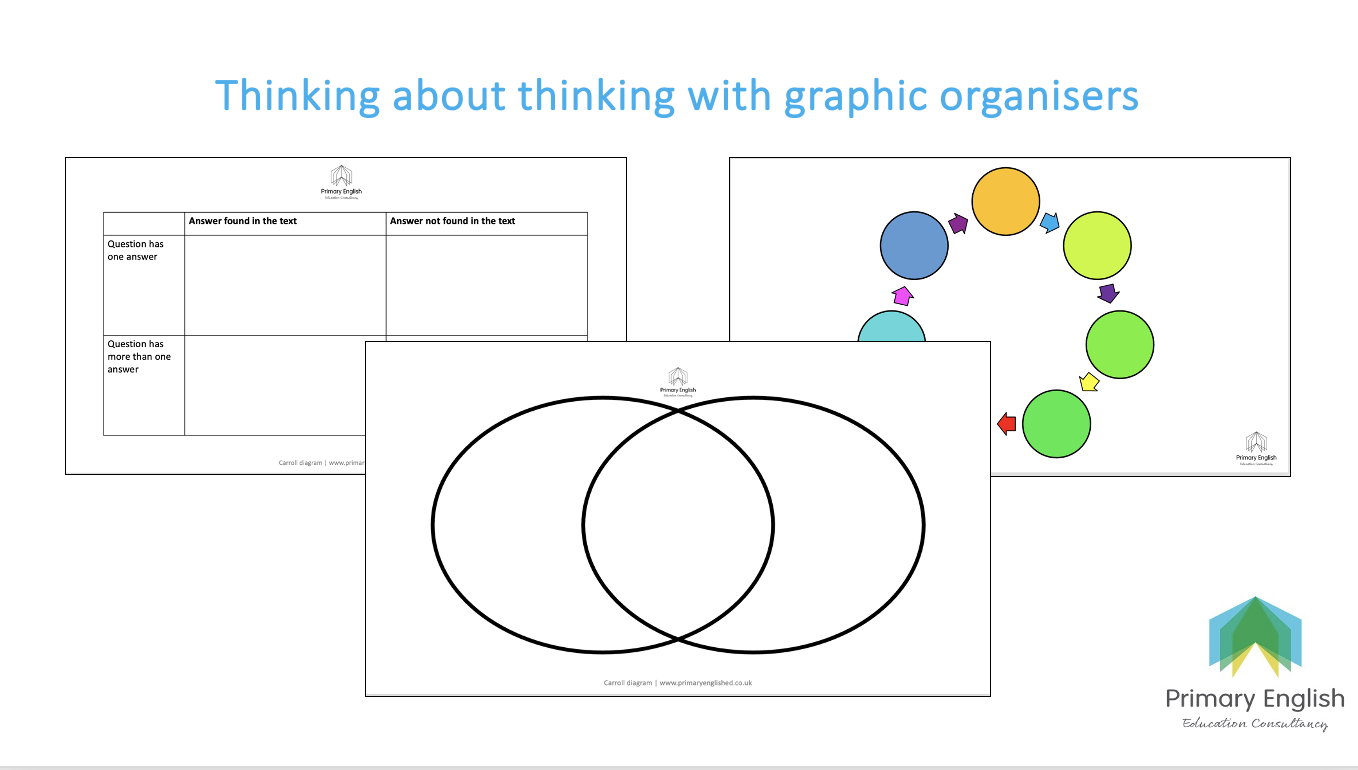Scaffolding literacy learning
In this article we consider some of the ways adaptive literacy learning can be achieved through scaffolding.
Imagine a building with scaffolding around it. What is the scaffolding for? Consider the following:
Is it a permanent structure?
Is it to help the workers move materials to where they need them?
Is it to ensure the workers are safe in their work?
“ a temporary structure that offers support and elevation – allowing workers to carry materials and easily access the building site, offering a safe and secure setting while working at a considerable height”
Let’s apply this to the scaffolding that we put in place in the classroom.
It should not be permanent. It’s something we should put in place to help our pupils only temporarily.
It’s something that helps us move the learner towards the intended learning – think, the Zone of Proximal Development (ZPD).
It creates an environment where the learner feels safely supported as they embark on their learning.
Educational scaffolding is often described as consisting of three dimensions:
Sensory – which involves using physical and visual support.
Graphic – which makes use of graphic images and diagrams.
Interactive – which involves pupils in collaborative activities such as speaking and listening together.
As this is a primary English website, let’s take a look at each of these dimensions with literacy learning as our focus.
Sensory scaffolding
Sensory scaffolding - sentence strips
When we use paper sentence strips we are helping children to understand the abstract nature of sentences by manipulating their various parts. I’ll take the well-worn national curriculum objective about fronted adverbials as an example. We might write a sentence that contains an adverbial on a paper sentence strip, e.g.:
Jen went to the park this morning.
We’d then ask the children to identify the adverbial and underline it. We’d then ask them to chop up the sentence and move the adverbial to the front of the sentence (fronting). And, with a bit of prompting about punctuation, they should have created the following:
This morning, Jen went to the park.
This scaffolding approach is not unique to fronted adverbials. Wherever there is the cause to move grammatical elements around a sentence (say embedded relative clauses) this sensory approach can be used.
Sensory scaffolding – modelled and shared writing
When we involve children in modelled writing, we are not only showing them how or what to write, but we are using our voices to provide a writerly commentary about our written choices. Once we extend this to shared writing, we are also involving children interactively in writing that is scaffolded so that we hold the pen whilst encouraging them to share their ideas. We’ve written about the powerful pedagogies of modelled and shared writing, just click on the button below to find out more.
Sensory scaffolding – quick gains
Story sacks enable children to use their senses of touch and sight to recall and retell stories.
Puppets and masks scaffold retelling but also enable children to explore characterisation and empathy to support both reading comprehension and their own written compositions.
Using actions and gestures helps scaffold fiction and non-fiction writing through oral rehearsal.
Graphic scaffolding
Graphic scaffolding - skeletons for writing
Sue Palmer’s Skeletons for Writing are enduring scaffolds that support children to write non-fiction texts. Each skeleton provides a visual representation of the text structure that points clearly to the purpose of the text. In a similar way, 5-part story planners, story mountains and visual models of different story structures all provide scaffolds to support children as they plan and write their own texts.
Graphic scaffolding - sound buttons and phoneme frames
Sound buttons and phoneme frames provide useful graphic scaffolds to support children as they learn to read and write words.
Graphic scaffolding - graphic organisers
Graphic organisers, such as Carroll diagrams and Venn diagrams, can be used to help children analyse the texts they read and to organise information.
We have a set of graphic organisers to download. Click on the button below to find out more.
Interactive scaffolding
Interactive scaffolding – oracy skills
Working together is one of the most important skills we can teach our children as citizens and learners. Using oracy structures such as think-pair-share or using exploratory talk are low-maintenance ways of scaffolding learning.
Find out more about using oracy skills in the classroom in our article, Activities to Support Spoken Language (link below).
Scaffolding learning – implications for teachers
To know which children require scaffolding requires good knowledge of the children as learners; both summative and formative assessment knowledge are key.
Knowing what the children have already covered helps teachers to build on prior learning and to think about what scaffolds children may need to access their new learning.
Teachers need sufficient subject knowledge to know the common barriers and misconceptions faced by children. This makes it easier to prepare the scaffolding children may need.
This content in this article is taken from our Supporting Struggling Writers course.



